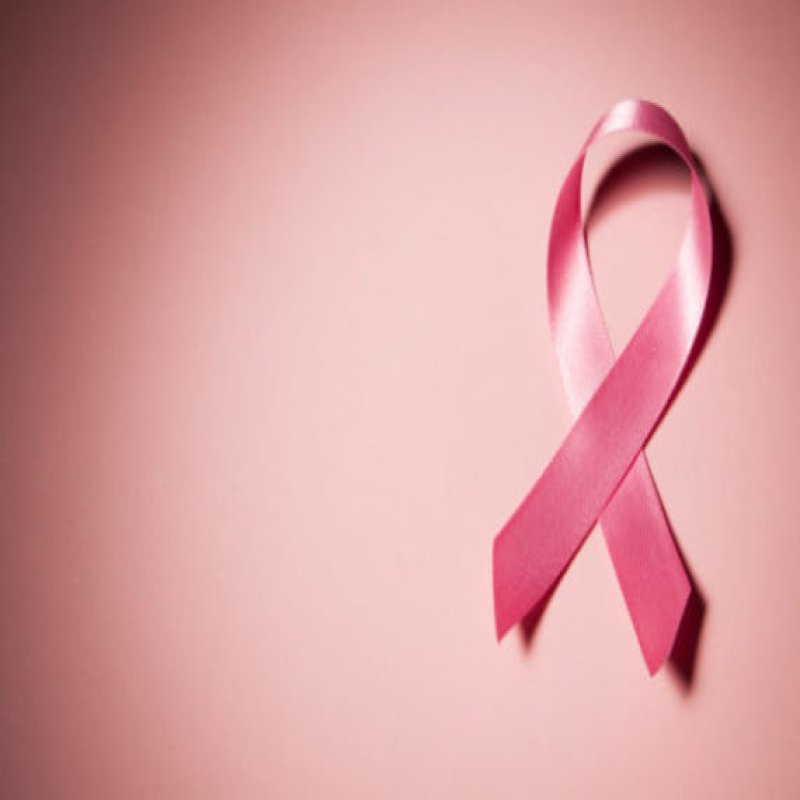
According to statistics released by the WHO, for every two women diagnosed with breast cancer in India, one dies of it. Another study published in the Asia-Pacific Journal of Clinical Oncology in 2017 stated that it is the number one cause of disease and death in females in Indian metropolitan cities such as Delhi, Kolkata, Mumbai, and Bangalore. The situation is expected to become even more severe with time. So, what is breast cancer, and what can you do to protect yourself?
Read on to know more!
What is Cancer?
Cells are the fundamental building blocks that make up the human body. Usually, cells grow, divide, and die when they get too old and are subsequently replaced by new cells. Cell death is regulated by a complex cascade of biochemical and genetic machinery.
Sometimes this machinery malfunctions, which prevents the cells from dying. Thus, cells start to grow uncontrollably, forming masses called tumors. A tumor can be cancerous or benign. A cancerous tumor is malignant, meaning it can grow and spread to other parts of the body, whereas a benign tumor means a tumor can grow but will not spread.
What is Breast Cancer?
The term “breast cancer” refers to a malignant tumor that has developed from cells in the breast.
Usually, breast cancer either begins in the cells of the lobules (lobe of the mammary gland), which are the milk-producing glands, or in the passages (called lactiferous ducts) that drain milk from the lobules to the nipple. However, in the later stages, malignant cells can spread throughout the body to other critical areas such as the bones, lungs, liver, and brain.

What causes Breast Cancer?
Cancer is not caused by one singular reason, cause, or trigger. Instead, a variety of risk factors contribute to the overall risk of developing breast cancer. They are as follows:
Age
The risk of developing breast cancer increases with a woman’s age, with most cancers developing in women older than 50. The crux of understanding why this happens is understanding the process of aging better. One of the most prevalent theories is the free radical theory of aging (FRTA), suggested by Harman in the 1950s, when it was suggested that with age, there is a proportional increase in free radicals. Oxidative stress was believed to be led by reactive oxygen species (ROS), leading to irreversible cellular damage in various organs inside the body. Although the theory has now extended to include reactive nitrogen species (RNS) and various other unstable molecules, oxidative damage associated with old age has been irrefutably linked to increased genomic instability and the altered expression of genes involved in cell division, leading to cancer. This is significantly important in the case of breast cancer, with 75% of newly diagnosed cases occurring in susceptible populations aged 55 years or older, supporting the conclusion that age is the strongest demographic risk factor for most breast-related malignancies.
These associations have led to the hypothesis that the cancer risk for an older individual results from the combined effects of oxidative stress at older ages. Moreover, an increase in age is generally associated with a less active lifestyle, which also contributes to the risk of developing several debilitating health conditions.

Genetics
There are several genes linked with an increased incidence of breast cancer. Certain mutations in the human genes known as BRCA1 and BRCA2 can increase your risk of developing both breast and ovarian cancer. What’s even worse is that it’s possible for these genes to pass on from a parent to a child.

Body Weight
Postmenopausal women who are overweight or obese have an increased risk of breast cancer because a higher volume of fat tissue can raise estrogen levels, which increases the risk. Also, women who are overweight tend to have higher levels of insulin, which has also been linked to breast cancer.

Smoking and Alcohol Consumption
Drinking alcoholic beverages increases a woman’s risk of a particular variant of breast cancer called hormone-receptor-positive breast cancer.
If the breast cancer tumors have a significant number of receptors for either estrogen or progesterone, they're considered hormone-receptor positive. Alcohol can increase the levels of estrogen and other hormones in the body, which are associated with hormone-receptor-positive breast cancer. Alcohol can also damage the DNA in the cells, which can cause breast cancer.
A study published in the journal Breast Cancer – Targets and Therapy clearly states that it is
“…reasonable to conclude that long-term cigarette smoking provides a clear risk for breast cancer and worsened disease.”

Menopause and Hormonal Treatments
Menopause occurs when a woman’s ovaries stop releasing eggs. Typically, menopause starts around the age of 50. During menopause, the body’s natural production of estrogen and progesterone hormones decreases and ultimately ceases altogether. Menopause brings about some profound changes in a woman’s body, which include hot flushes, night sweats, mood swings, reduced sex drive, abdominal fat buildup, weight gain, weakening of bones, hair thinning, and breast shrinkage. Evidence suggests that the longer the exposure to estrogen, the higher the risk of developing breast and endometrial cancers (estrogen stimulates the uterine and breast tissues during menstruation). So early menstruation (before age 12) or late menopause (after age 55) are risk factors for breast cancer.

In order to relieve, control, and decelerate some of the symptoms of menopause, many women resort to hormone replacement therapy (HRT).
Hormone Replacement Therapy (HRT) is a treatment used by many women to relieve menopausal symptoms such as hot flushes, night sweats, mood swings, vaginal dryness, and reduced sex drive. It replaces hormones that are at a lower level during or after menopause. However, postmenopausal use of hormonal replacement increases a woman’s risk of breast cancer. The Women’s Health Initiative showed that women who took combined hormone therapy (estrogen and progesterone) had a greater risk of breast cancer. It is still unclear whether HRT with estrogen alone (which is sometimes prescribed for women who have had uterus removal) increases the risk of breast cancer.
What are the Symptoms of Breast Cancer?
The signs and symptoms that should be discussed with a gynecologist include:
- A lump or an area of thickened tissue in the breast (this is often the first symptom women notice).
- A lump or swelling in either of the armpits.
- Change in the size or shape of the breast/breasts.
- Nipple discharge that is bloody and occurs in only one breast.
- Physical changes in the nipple, such as a nipple turned inward or a rash on or around the nipple/nipples.
- Dimpling on the skin of your breasts.
- Breast pain that does not go away (breast pain is not usually a symptom of breast cancer, but one should report it to a doctor as it may be indicative of deeper issues).
What can I do to Prevent Breast Cancer?
Exercise
Regular exercise can reduce your risk of developing breast cancer by as much as a third. Studies suggest that 30 to 60 minutes of physical activity per day can lower breast cancer risk. During perimenopause (the years leading up to menopause), estrogen levels usually decline, but sometimes there can be more estrogen than in the past. Higher estrogen exposure increases the risk of breast cancer, as discussed above. If you’ve been through menopause, it’s particularly important that you maintain a healthy weight. Research shows that gaining weight after menopause increases the risk of breast cancer, but losing weight after menopause can actually reduce the risk.

Diet
Regular exercise and a healthy, balanced diet are recommended for all women since these can help prevent many conditions, including heart disease, diabetes, and many forms of cancer. An antioxidant-rich diet is also beneficial, as antioxidants help control and prevent free radical damage. Free radical damage is one of the biggest culprits responsible for DNA damage, which can cause a variety of health issues and diseases, including cancer.

Learn more about antioxidants here!
Breastfeeding
Breastfeeding also helps reduce a woman’s breast cancer risk. Many studies have suggested that women who breastfeed are less likely to develop breast cancer than those who don’t. The reasons aren’t fully understood, but it could be because women don’t ovulate as regularly while they’re breastfeeding and their hormone levels remain more stable.

Have you observed any of the above symptoms lately in yourself or someone close to you? Do you worry about breast cancer in general? Talk to your gynecologist soon and address all your breast cancer-related queries. Know more about breast cancer diagnosis, types, and treatments here!


.png)


